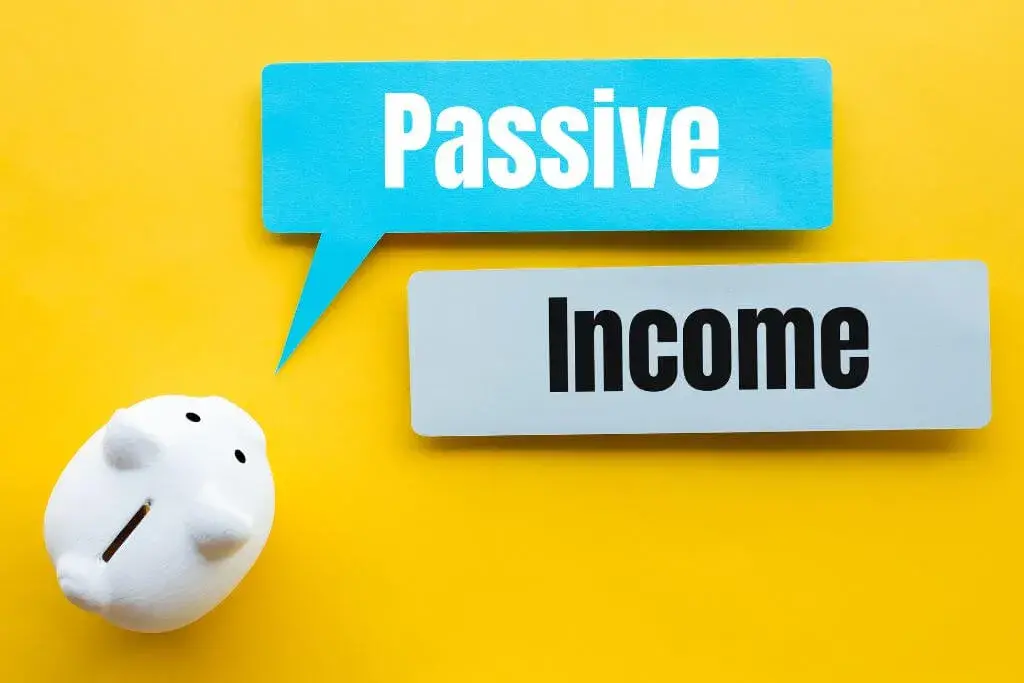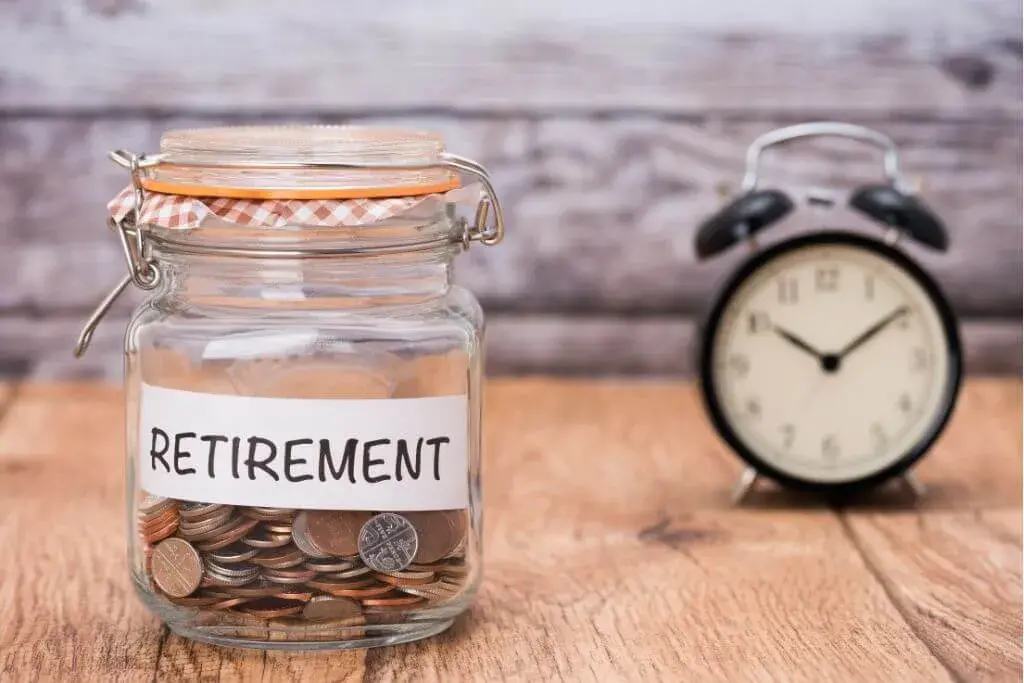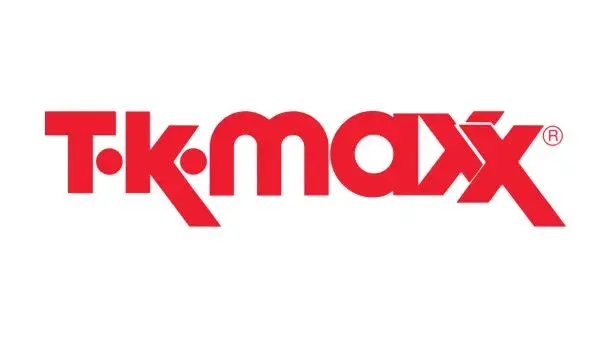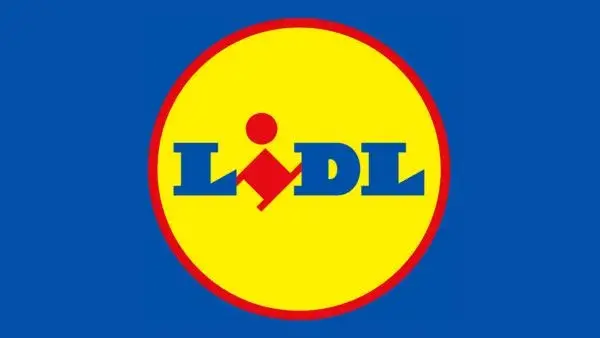In everyday life we often come across situations where we have to make the decision to pay off debts or invest the money left over at the end of the month in order to build Financial Independence.
Adverts
This type of financial decision is quite common and all women have found themselves in such a situation and with huge doubts about which path to take and the fear of making a mistake and jeopardising their wellbeing.
It's important to find personal balance when faced with such a situation, because it's an emotionally charged decision and an objective financial analysis isn't always enough.
It's important to recognise that there is no one-size-fits-all approach for women when it comes to deciding between investing and paying off debt. Each financial situation is unique and requires a careful assessment of individual circumstances, taking into account the objective and subjective analysis of the decision.
Adverts
Before making a decision, it is essential to understand the nature and conditions of your debts, as well as assessing the investment opportunities available.
Investing can offer the opportunity to increase your wealth over time and achieve long-term financial goals, such as retirement or raising children. However, it is important to be aware of the risks associated with investing and to ensure adequate portfolio diversification to mitigate these risks.
On the other hand, prioritising the payment of debts can provide an immediate feeling of financial relief and reduce the burden of financial obligations, thereby generating a sense of well-being in everyday life.
Paying off debts can help improve overall financial health and increase flexibility to pursue investment opportunities in the future. It's important to identify which debts have the highest interest rates and prioritise them to minimise the total cost in the long term.
In short, the choice between investing and paying off debts will depend on your individual financial goals, risk tolerance and overall financial situation. But it's always good to analyse the whole picture, so read on and see the strategies for managing your financial life.
Quick Index:
Strategies for Investing or Paying Off Debt
Evaluating High Interest Debts
Before diving into investments, it's crucial to assess existing debts, especially those with high interest rates. Credit card debts and high-interest loans can add up quickly, potentially cancelling out any investment gains. Prioritise paying off high-interest debts to reduce financial stress and free up resources for future investments.
Create a Debt Repayment Plan
Developing a structured debt repayment plan is essential for women seeking financial freedom. Prioritise debts with the highest interest rates while making minimum payments on others. This approach, often called the debt avalanche method, minimises interest costs, speeding up the path to debt freedom.
Building an Emergency Fund
Before investing aggressively, women should establish an emergency fund. This fund serves as a financial safety net, covering unforeseen expenses and preventing the need to accumulate more debt during emergencies. A robust emergency fund provides a foundation for future financial stability.
Balancing Debt Payments and Investments
Finding the right balance between debt repayments and investments is crucial. While high-interest debts demand immediate attention, low-interest debts can coexist with strategic investments. It is possible to allocate a portion of resources to both debt repayments and investments, ensuring progress in both areas.
Use the Employer's Matching Contributions
For women with employer-sponsored retirement plans that offer matching contributions, taking advantage of this benefit is a smart move. Employer matching contributions represent an immediate return on investment, providing an opportunity to increase retirement savings without relying solely on personal contributions.
Explore Low-Risk Investments
Women can explore low-risk investment options while simultaneously managing debt. Conservative investments, such as bonds or dividend-paying stocks, offer a balance between potential returns and risks. These investments provide a foothold in the market without exposing individuals to excessive volatility.
Prioritise the Elimination of High Interest Debts
If high-interest debts are a significant financial burden, consider prioritising debt elimination before investing extensively. The interest saved by paying off high-interest debt can outweigh the potential returns on certain investments, leading to a net financial gain.
Using Extraordinary Resources to Pay Debts
Extraordinary resources, such as tax refunds, bonuses or unexpected monetary gains, provide an excellent opportunity to accelerate debt repayment. Using these extraordinary resources to pay off debts strategically can accelerate the journey to financial freedom.
Consolidating and Refinancing Debts
Consider consolidating or refinancing high-interest debts to reduce overall interest rates. This can make debt repayments more manageable and free up additional funds for both investments and further debt reduction.
Set Clear Financial Objectives
Setting clear financial goals is essential. Whether the focus is on eliminating debt, saving for a specific milestone or building a retirement nest egg, having defined goals guides decision-making. Aligning investments and debt management with these goals creates an intentional and strategic financial plan.
Educate yourself about investment options
Before making investment decisions, women should invest time in educating themselves about various investment options. Understanding the risk and return profiles of different investments allows for informed decision-making, ensuring that the investments chosen are aligned with financial goals.
Consult Financial Professionals
Seeking guidance from financial professionals can provide personalised insights based on individual circumstances. Financial advisors can help women develop a holistic financial plan that balances debt repayment and investments, taking into account risk tolerance and long-term goals.
Conclusion
To summarise, the choice between investing and paying off debt is not a one-size-fits-all decision. Smart strategies involve evaluating high-interest debts, creating a structured debt repayment plan, balancing investments, taking advantage of employer contributions, exploring low-risk options and using extraordinary resources for debt repayment.
You may be interested:
- Voa Brasil's main airlines
- Voa Brasil: How to issue discount airline tickets
- Online loans: how it works
By setting clear financial goals, educating themselves about investment options and consulting financial professionals, women can navigate the path to financial freedom with confidence and intelligence. The key is to find a balance that addresses both short-term financial obligations and long-term wealth-building goals.
Read more: Debt repayment strategies













